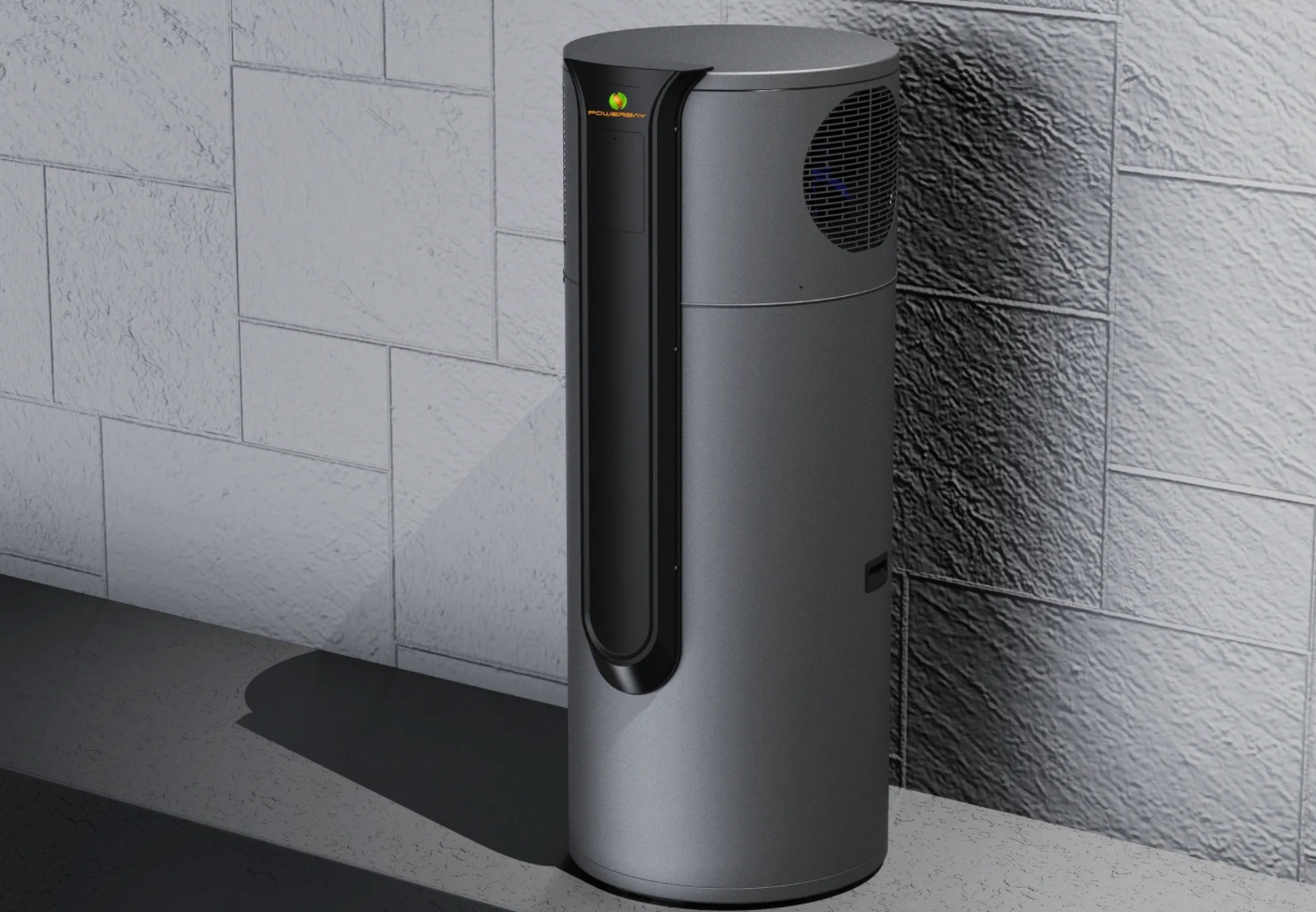How to Choose the Right Air Conditioner for Your Home
Choosing the right air conditioner for your home isn’t just about cooling the air; it’s about creating a comfortable, energy-efficient environment that suits your lifestyle and budget. With so many options available, it can feel overwhelming, but understanding the key factors—home size, climate, and budget—can simplify the decision-making process.
Start By Understanding Your Home’s Needs
Home Size and Layout
The size of your home is a big factor in choosing the right air conditioner. Bigger homes generally need more powerful systems to keep everything cool. Here's a quick guide to help you figure out what might work best:
Small to Medium Homes: If your home is up to about 140 square metres, a window unit or a portable air conditioner could do the trick. These options are budget-friendly and are great for cooling one or two rooms.
Large Homes: For homes over 140 square metres, a central air conditioning system or a ducted system might be a better choice. These systems can cool multiple rooms at once and are more efficient in the long run.
Open Floor Plans: If your home has an open layout, think about a ductless mini-split system. These let you cool specific zones or rooms, so you have control over where and how you cool your space.
Home Insulation and Windows
The insulation in your home and the quality of your windows can affect how much air conditioning you need. Homes with good insulation and energy-efficient windows keep cool air in better, so you might not need a very powerful AC system. On the other hand, older homes with less insulation might need a stronger system to reach the same level of comfort.
Climate Considerations
Choosing the right air conditioner is particularly crucial in Australia, where the climate varies significantly across regions. In tropical areas like northern Queensland, the heat is intense and persistent, making high-efficiency central air conditioning systems or ducted air conditioning ideal for keeping homes cool during scorching summers. Conversely, in temperate zones like Sydney or Melbourne, where summers are milder and winters can be cool, a versatile system like a heat pump might be the best choice, offering both cooling and heating.
For those in hot, dry regions like the interior of Western Australia, where the sun is relentless, a split system could be perfect for energy efficiency and targeted cooling. Meanwhile, coastal areas may benefit from systems that also handle humidity well, such as ducted systems with dehumidification features. These systems ensure that even in the humidity of places like Brisbane, your home stays comfortable year-round.
Budgeting for Your Air Conditioner
Initial Costs vs. Long-Term Savings
It might be tempting to go for the cheapest option, but it’s important to think about long-term costs. Investing in a more expensive, energy-efficient system could save you money on your energy bills in the long run. Look for units with a high star rating, as these are usually more energy-efficient and could lead to substantial savings over time.
Installation Costs
Don’t forget to factor in installation costs, which can vary widely depending on the complexity of the system. Central air conditioning systems generally require professional installation, which can be expensive but ensures optimal performance and longevity.
Maintenance and Operating Costs
Then you must also consider the ongoing costs of operating and maintaining your air conditioner. Systems that require regular maintenance, such as central or ducted systems, may incur higher long-term costs. On the other hand, portable and window units might have lower maintenance costs but could be less efficient, leading to higher energy bills.
Central Air Conditioning Central air conditioning is perfect for cooling large homes, using a network of ducts to distribute cool air throughout every room. These systems offer efficient, consistent temperature control and often come with programmable thermostats, so you can set your preferred temperature and forget about it.
Pros:
- Efficient cooling for large spaces
- Consistent temperature control
- Can add value to your property
Cons:
- High installation and maintenance costs
- Requires ductwork
Ducted Air Conditioning Ducted air conditioning systems are similar to central systems but can offer even more flexibility. They use concealed ducts to distribute air throughout your home, providing uniform cooling and heating. This option is ideal for larger homes and can be tailored to specific needs with zoned controls.
Pros:
- Even temperature distribution
- Can be tailored with zoning options
- Sleek, hidden design
Cons:
- Expensive to install
- Complex installation process
VRF (Variable Refrigerant Flow) Systems
VRF systems are advanced options that use refrigerant to cool or heat multiple zones within a building. They offer high efficiency and precise control over temperature in different areas, making them suitable for both residential and commercial spaces.
Pros:
- Highly energy-efficient
- Excellent for multi-zone climate control
- Flexible installation options
Cons:
- Higher upfront cost
- Requires specialised installation and maintenance
Ductless Mini-Split Systems
Ductless mini-split systems are a flexible choice for homes without ductwork. They consist of an outdoor unit connected to one or more indoor units, allowing you to cool specific areas of your home efficiently.
Pros:
- Energy-efficient
- No need for ductwork
- Zoned cooling options
Cons:
- Higher initial cost compared to window or portable units
- Requires professional installation
Window and Portable Units
Window and portable air conditioners are the most budget-friendly and easiest to install. They are best for cooling single rooms rather than entire homes.
Pros:
- Low upfront cost
- Easy to install
- Portable options available
Cons:
- Limited cooling capacity
- Less energy-efficient than other systems
Heat Pumps
Heat pumps are versatile systems that provide both cooling and heating, making them ideal for homes in areas with varying climates. They offer energy-efficient solutions for year-round comfort.
Pros:
- Provides both heating and cooling
- Energy-efficient
- Can result in long-term savings on utility bills
Cons:
- Higher initial cost
- Less effective in extreme cold temperatures
Each type of air conditioning system has its own set of advantages and considerations, so the best choice depends on your home's needs, budget, and climate.
Making the Final Decision
Choosing the right air conditioner for your home is about balancing your immediate needs with long-term comfort and efficiency. Start by assessing your home’s size, insulation, and layout, then consider your local climate and budget. Whether you opt for a central air system, a ductless mini-split, or a portable unit, understanding the pros and cons of each option will help you make an informed decision.
Remember, investing in a quality air conditioning system is not just about staying cool; it’s about enhancing your home’s overall comfort and value. By taking the time to choose the right system, you’ll enjoy a more comfortable living space, lower energy bills, and peace of mind for years to come.
Disclaimer: The information provided in this blog post is for general purposes only. While we strive to ensure the accuracy and reliability of the content, we make no representations or warranties of any kind, express or implied, about the completeness, accuracy, reliability, suitability, or availability of the information contained herein. Any reliance you place on such information is strictly at your own risk. We will not be liable for any loss or damage arising from the use of, or reliance on, the information presented in this blog post. It is always recommended to seek professional advice or conduct further research for specific situations or concerns. The inclusion of any links to external websites does not necessarily imply endorsement or support for the views expressed within them.


